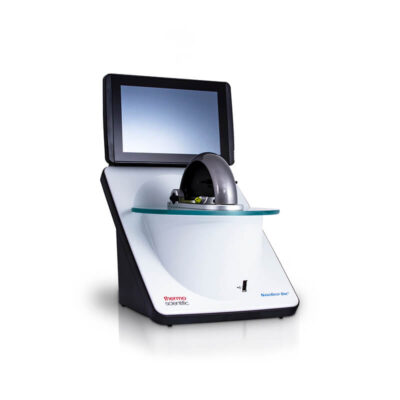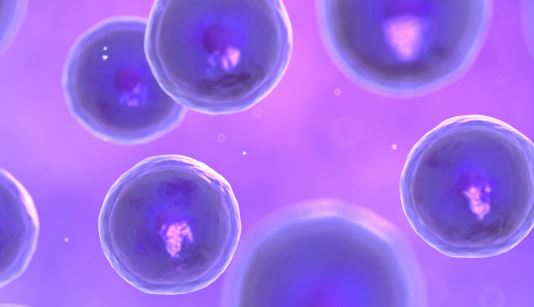What is PRAME and what is the potential diagnostic value?
PRAME antibody has been newly added to our histology range.
PRAME is a shortened term for PReferentially expressed Antigen in Melanoma. It is a tumour associated antigen that is preferentially expressed in human melanomas recognised by Cytolytic T Lymphocytes.
Normal tissues show low or no PRAME expression, except testis, ovary, placenta, adrenals, and endometrium. PRAME can therefore be considered a member of the family of cancer testis antigens.
Diagnostic value
In many cases, the use of Hmb45, Melan A and SOX10 markers do not give sufficient information in the distinction between the proliferation of benign and malignant melanocytic lesions. The addition of a PRAME antibody is an extremely useful investigational complement, in such cases.
A recent publication (1) indicated that a diffuse nuclear immunoreactivity for PRAME can be found in 83.2% of primary and 87% in metastatic melanomas. Diffuse PRAME expression can be found among all melanoma subtypes, 92.5% in superficial spreading melanomas, 94.4% in acral melanomas. 86.4% of cutaneous melanocytic nevi showed a completely negative PRAME staining.
Research is suggesting that PRAME may also be a valuable marker for margin assessment of known PRAME-positive melanoma. Sebaceous gland lobules can be used as an internal positive control.
Although PRAME is new to the market, the diagnostic usefulness has led to CE IVD marked products becoming available recently. The growing body of research regarding PRAME suggests it will be increasingly used to assist in several different diagnosis.
How to order
For more information on CE IVD marked PRAME antibody and immunohistochemical staining, please contact us: enquiries@medlinescientific.co.uk
Our new brochure for Histology and Cytology workflows can be downloaded from the Resources section of our website.
(1)– Published in final edited form as: Am J Surg Pathol. 2018 November ; 42(11): 1456–1465. doi:10.1097/PAS.0000000000001134. PRAME Expression in Melanocytic Tumors – Cecilia Lezcano, MD, Achim A. Jungbluth, MD, Kishwer S. Nehal, MD, Travis J. Hollmann, MD, PhD, and Klaus J. Busam, MD.







